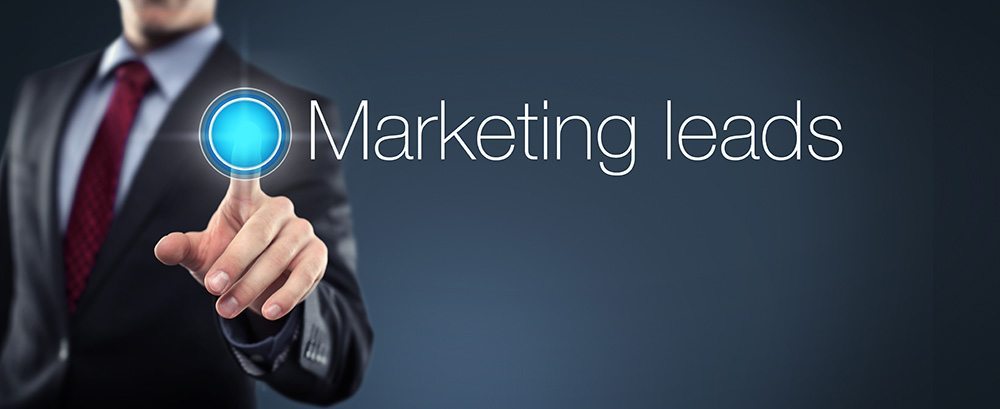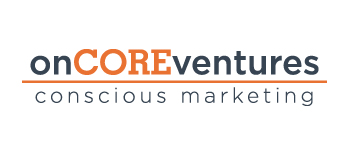How to Convert More Leads

With less effort and follow up
Leads – when you get them, if you’re like many business owners I know, you love to help your ideal clients, but you HATE the thought of selling to them. You kind of just hope they will turn into clients because “they get you”, and know you will be awesome to work with.
You’re great at getting results for your customers once you’ve enrolled them, but it’s a challenge to get in front of the right prospects. And once you do get in front of them, you end up spending too much time chasing meetings, proposals, and deals that take far too long to get signed.
You may have tried giving away free samples of your product or expertise, in order to build up some “know, like and trust”. But once you got through the “know, like, trust, and try” phases of the customer journey, you might have found yourself unable to get them to buy, make repeat purchases, and refer more people to you.
You see, letting people try your product isn’t likely to result in a purchase, unless:
- The sample you’re giving them whets their appetite for your paid offering
- You can demonstrate that the offering is worth what you’re asking them to pay
Without those factors, you’ll just keep giving things away without ever being compensated.
To make matters worse, once you DO get a client signed up, you might have trouble finding the time to get them started. After all the work you went through to secure them as a client, you can end up dropping the ball, which leaves them disappointed, annoyed, and unwilling to work with you again.
In this situation, you’ll probably find that existing clients leave as fast as you can generate new ones, so you’re in a constant cycle of scrambling to get new clients, struggling to serve the ones you already have, losing clients, and having to get more clients all over again.
If you want to grow your business, you can’t let yourself get trapped in a cycle of constantly chasing after new clients. A happy, enthusiastic client is one of your best marketing allies, and the people who are the most likely to buy from you are the ones who are thrilled with the products they already bought from you.
If you want to get the greatest return on your marketing investment, and to create a business that can not only survive, but actually GROW as time goes by, it’s vital to know how to convert more leads, and to encourage your clients to make repeat purchases and recommend you to their friends.
How can you turn more leads into repeat clients?
If you’re having trouble turning leads into clients, and clients into repeat clients, it could be because you aren’t using four vital strategies for converting leads and meeting their expectations.
Today, I’m going to give you those four strategies, so you can convert your leads more quickly and keep your existing clients longer.
Strategy #1: Always calendar your next step
While you’re on the phone with your potential client, book your next meeting or action step before they hang up. Get them to put it in their calendar, and let them know exactly what needs to happen in the interim.
This will save you the trouble of sending them emails that might not get read, or phone calls that might not get picked up, in order to keep the ball rolling.
When sending them an item that requires action on their part, like filling out an intake form or looking over a product or service you created or performed, ask them to complete it by a certain date, and make a note in your calendar to follow up two or three business days later if you haven’t heard back.
Strategy #2: Make the results of inaction clear
What will happen if they don’t take the action you recommend?
During your sales calls, meetings and strategy sessions, explore your potential customer’s pain. What is the problem you solve REALLY costing them?
For example, if you sell lawn care products or services, educate them about the side effects of having an ugly yard.
It isn’t just their pride as a homeowner that’s at stake. They could develop weed problems that will be harder to control later on, the value of their property could drop, and depending on the bylaws in their area, they could have extra fees added to their taxes as a remedial penalty for having overly long grass.
If they’re business owners, they could also be losing money by spending their personal time maintaining their yard instead of performing income-bearing tasks. And regardless of their career path, they could be missing out on family time because they’re busy cutting grass.
By helping them to see the real cost of not hiring you, you motivate them to take action.
If they’ve already bought your product, but are hesitating to take the actions that are required for you to help them get results, help them to understand why those actions are necessary, and what benefits they will NOT receive if they don’t take those actions.
Strategy #3: Make the benefits of taking action clear
Just as the client needs to understand what their problem is really costing them, they also need to understand how they’ll benefit from taking action.
When you’re explaining the benefits of your product, be sure to explain them in terms of the tangible results the clients will receive, NOT the process you’ll take them through.
For example, don’t talk about all the training they’ll get, the events they’ll receive tickets to, or the webinars they’ll receive as part of the package. Don’t talk about the diet you’ll put them on, or the exercises you’ll get them to do. Those aren’t benefits – they’re just more work!
Your clients don’t want the process. They want the results. So talk about the tangible, visible, specific, day-to-day experiences they’ll have after they work with you.
Strategy #4: Don’t be afraid to ask for the sale
If you hate selling, and you feel like you’re doing people a disservice by asking for their money, the chances are good that you’re hesitating to actually close the deal.
This can cause you to repeatedly have meetings and consultations, give sample products or services, and give away more and more of your time and value, without ever getting paid for it.
If you’ve been struggling with this, it’s important to remind yourself that people can actually benefit from the act of paying you. By trading money for your offering, they’re making a tangible statement to themselves that their goals and dreams are worth it.
Paying you also gives them more incentive to actually use the item or service they purchased, instead of neglecting it as they’d be likely to do if they got it for free. Nobody likes to waste their money, so if they paid for your offering, they’re more likely to use it and get results.
Want to know more about how to market your small business?
If you want to attract more leads and customers to your business, and to turn them into happy, long-term clients that refer even more business to you, we want to help.
Your first step is to download our eBook, 7 Steps to Small Business Marketing Success. Just click the image on the sidebar to get access.
